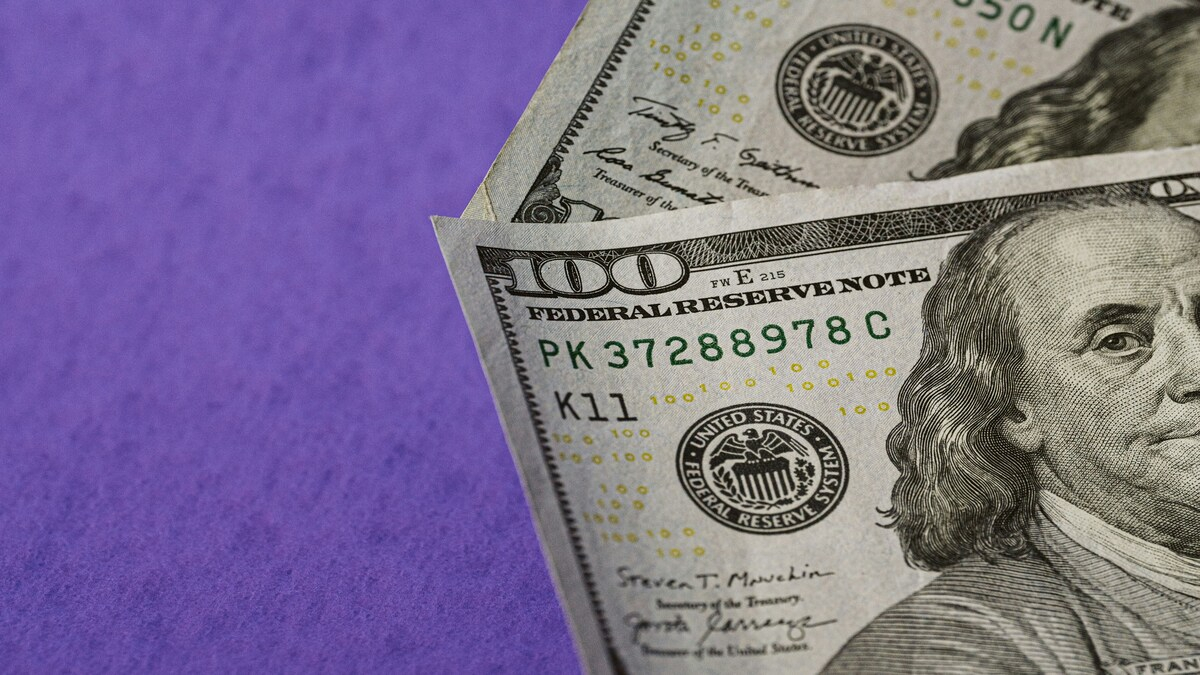In simple terms, the minimum wage is the minimum amount supplied to employees for every working hour. Federal minimum hourly wages have remained unchanged at $7.25 since the year 2009, but advocates urged raising it to $15, insisting that it could not provide for even basic affordability, especially in areas where costs are higher. Several cities and states have now also instituted increased minimum wages, with Washington State leading the charge through progressive policies in cities like Seattle, Burien, and Tukwila.
This is a quest towards achieving what has been the wage freeze of yesteryears and the unfortunate widening gap between income and cost of living. Adjusted for inflation, the federal minimum wage has lost steadily since its high point in 1968, effectively making scantier and scarcer the means of survival for individuals and families. Grassroots campaigns from minimum-wage earners, activist support, and several local governments have brought about major transformations in minimum wage policies of the nation.
Cities with the highest minimum wages
Several Washington cities have set new benchmarks for minimum wages, showcasing how local governments can drive meaningful change. These cities annually adjust their minimum wage rates for inflation, ensuring that wages keep up with the rising cost of living.
1. Burien, WA
As of January 2025, Burien boasts one of the highest minimum wages in the country. Large employers, defined as those with 500 or more employees, are required to pay $21.16 per hour, while mid-sized employers (21 to 499 employees) pay $20.16. These rates reflect Burien’s commitment to fair wages and are adjusted annually to account for inflation.
2. Tukwila, WA
Tukwila closely follows Burien, with a minimum wage of $21.10 for large employers and $20.10 for mid-sized employers. Notably, on July 1, 2025, mid-sized employers will need to match the large-employer rate, standardizing wages at $21.10 for all workers. Tukwila defines large employers as having more than 500 employees globally, while mid-sized employers include those with 15 to 500 employees or revenue exceeding $2 million locally.
3. Renton, WA
In Renton, large employers are required to pay $20.90 per hour, while mid-sized employers pay $18.90 as of January 2025. By July 2025, mid-sized employers will need to increase their rates to $19.90 per hour. Like other cities, Renton adjusts its wages annually for inflation.
4. Seattle, WA
Seattle, a pioneer in the minimum wage movement, set a historic precedent in 2014 by becoming the first U.S. city to mandate a $15 per hour minimum wage for all workers. As of 2025, the minimum wage in Seattle stands at $20.76 for all employers, regardless of size. Annual inflation adjustments ensure that workers maintain their purchasing power in one of the nation’s most expensive cities.
5. SeaTac, WA
Known for its hospitality and transportation industries, SeaTac requires employers in these sectors to pay $20.17 per hour. For mid-sized employers with 15 to 500 employees, the rate is $20.10. Like other Washington cities, SeaTac adjusts its minimum wage rates annually to align with inflation.
States moving toward $15 minimum wages
Washington sets the benchmark for elevating the minimum wage. As of January 2025, there were already 21 states across the United States that surpassed the federal level in terms of minimum wage, while ten of them together with Washington D.C. were above the $15 mark. California ($16.50), Connecticut($16.35), and Washington($16.66) lead the pack, while Washington, D.C. tops all with a minimum wage of $17.50.
Several states just like Florida gradually raise their state’s minimum wage value to $15 over the following years. This was part of the approval by voters last year that increased the minimum wage in Florida from $13 to $15 by September 2026.
However, not all states have adopted minimum wage increases. Georgia and Wyoming still have minimum wages of $5.15, which are overridden by the federally mandated rate of $7.25. Five states, including Alabama and Tennessee, do not have state minimum wage laws and thus default to the federal rate.
The bottom line
The subsequent stalemate in the Federal minimum wage has triggered an assault for increases in pay across the country by worker advocates and consequent heightened awareness of income inequality which has been the spirit of the movement. While change has come at the state and local levels, resistance at the federal level remains, delaying nationwide changes.
For now, states and cities with minimum wages above the national average serve as an example of how proactive policies can take earnings closer to the cost of living and actually provide the chance for at least some workers to achieve financial footing.
